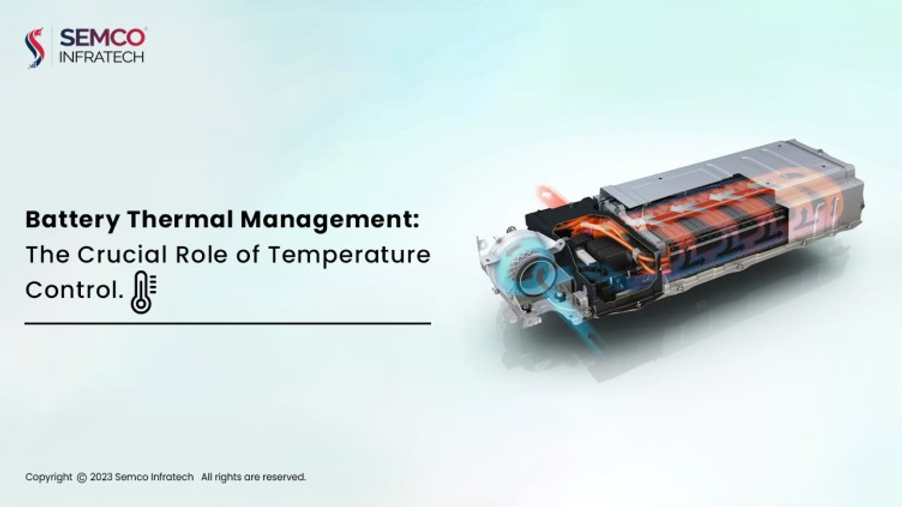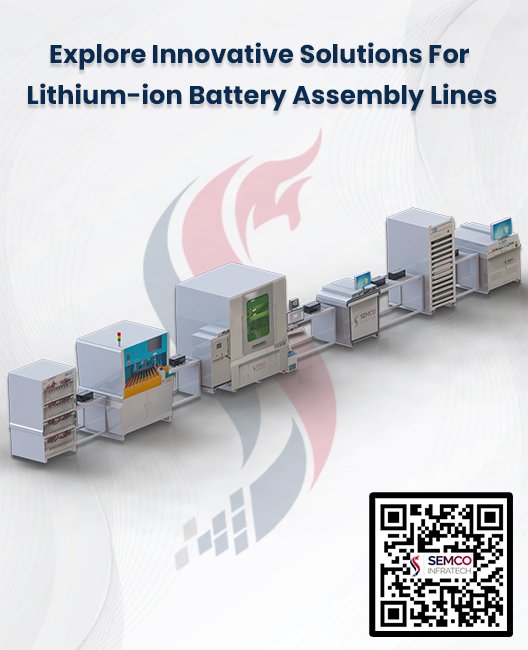Batteries are integral to modern life, powering everything from smartphones and laptops to electric vehicles and renewable energy storage systems. But have you ever wondered how a battery works? In this blog, we will demystify the process behind battery energy creation and explore their fundamental components and chemical reactions.
What Is a Battery?
A battery is an electrochemical device that converts stored chemical energy into electrical energy. It operates based on the principles of electrochemistry, specifically oxidation-reduction (redox) reactions, where electrons are transferred between substances.
Key Components of a Battery
Every battery consists of three primary components:
- Anode (Negative Electrode):
- The anode undergoes oxidation, releasing electrons during the discharge process.
- Common materials like lithium (in lithium-ion batteries), and zinc (in alkaline batteries).
- Cathode (Positive Electrode):
- The cathode undergoes reduction, accepting electrons during the discharge process.
- Lithium cobalt oxide, nickel manganese cobalt (NMC), and manganese dioxide are common materials.
- Electrolyte:
- A medium that facilitates the movement of ions between the anode and cathode.
- Common electrolytes like liquid solutions, gels, or solid-state materials containing salts like lithium hexafluorophosphate (LiPF6).
- Separator:
- A porous barrier that prevents direct contact between the anode and cathode, avoiding short circuits while allowing ion flow.
How Does a Battery Create Energy?
The energy creation process in a battery involves three main stages:
1. Charge Phase:
- During charging, an external power source applies voltage to the battery.
- Electrons are forced from the cathode to the anode through an external circuit, while ions migrate through the electrolyte to maintain charge balance.
- This process stores chemical energy in the battery.
2. Discharge Phase:
- When the battery powers a device, the stored chemical energy is converted back into electrical energy.
- The anode releases electrons, which flow through the external circuit to the cathode, generating an electric current.
- Simultaneously, ions travel through the electrolyte to complete the internal circuit.
3. Redox Reactions:
- The energy generation hinges on redox reactions:
- Oxidation at the Anode: The anode loses electrons (e.g., Li → Li+ + e⁻).
- Reduction at the Cathode: The cathode gains electrons (e.g., CoO2 + Li+ + e⁻ → LiCoO2).
- These reactions create a flow of electrons, producing electrical energy.
Types of Batteries and Their Working Principles
Different types of batteries use unique chemistries to create energy:
- Primary Batteries:
- Non-rechargeable and designed for single use.
- Examples: alkaline batteries, and zinc-carbon batteries.
- Secondary Batteries:
- Rechargeable and suitable for multiple cycles of use.
- Examples: lithium-ion, lead-acid, nickel-metal hydride (NiMH) batteries.
- Flow Batteries:
- Use liquid electrolytes stored in external tanks.
- Ideal for large-scale energy storage applications.
Factors Influencing Battery Efficiency
- Energy Density: Determines how much energy the battery can store per unit weight or volume.
- Charge and Discharge Rates: Measured in C-rates, indicating how quickly the battery can be charged or discharged.
- Temperature: Extreme temperatures can reduce battery efficiency and lifespan.
- Cycle Life: Refers to the number of charge-discharge cycles a battery can undergo before its capacity significantly diminishes.
Innovations in Battery Technology
Recent advancements aim to improve battery performance, sustainability, and safety:
- Solid-State Batteries: Replace liquid electrolytes with solid materials for higher energy density and safety.
- Lithium-Sulfur Batteries: Offer higher energy capacity compared to traditional lithium-ion batteries.
- Recycling Technologies: Protect valuable materials like lithium, cobalt, and nickel to reduce environmental impact.
Conclusion
The working of a battery is a fascinating interplay of chemistry and physics. By understanding the basic principles behind energy creation, we can appreciate the importance of batteries in driving technological progress and supporting a sustainable future. As innovations continue to enhance battery technology, the potential applications and benefits will only expand.
If you’re intrigued by the science behind batteries or have questions about their applications, please leave a comment or explore our other blogs for more insights.






